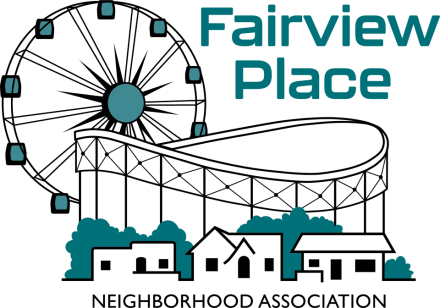
Climate resiliency.
Making an impact.
Tree Planting
Increasing the tree canopy coverage in Fairview would cool our neighborhood, filter air pollution, and increase our home values.
The Nook
The Nook demonstrates how to harvest nuisance stormwater from a nearby street and channels the water into the parklet to water native trees and shrubs. The project beautifies this property that Fairview regularly uses as a staging area for events.
Pollinator Pathway
Coming soon! We are working with the city to create a corridor of native plants along the gated alley behind 17th Avenue that will provide nutrition and habitat for pollinating insects and birds.
Why these programs matter.
The summer of 2023 was the hottest on record for both the world and in Phoenix. However, Phoenix was already the hottest major metropolitan area in the U.S. Over the past 25 years, Phoenix went from having an average of 5 days of 110+ degree days, to 31 consecutive days of 110+ degree days in June/July, 2023.
Exacerbating the effect of rising temperatures, Fairview has been designated “shade disadvantaged” by the City of Phoenix. This means that we have less tree canopy coverage than other neighborhoods. This is due mostly to trees that died and were never replaced. Because of this lack of tree canopy, Phoenix City Council identified Fairview Place as the District 4 recipient of a “solar pave” overlay on neighborhood streets to reflect heat and cool nighttime temperatures.
Phoenix also receives most of its rainfall during powerful storms. In Fairview, these rains cause flooding in the lower half of the neighborhood below Palm Lane. Fairview residents are looking at “green infrastructure” projects to mitigate flooding and help water native trees which will increase our tree canopy coverage.
